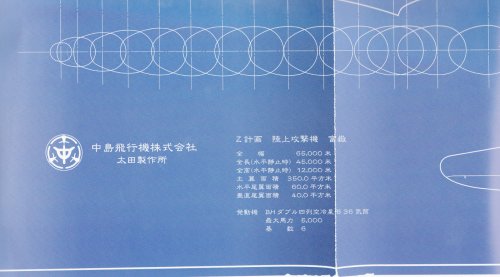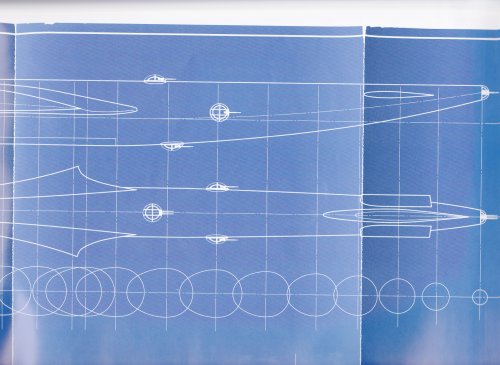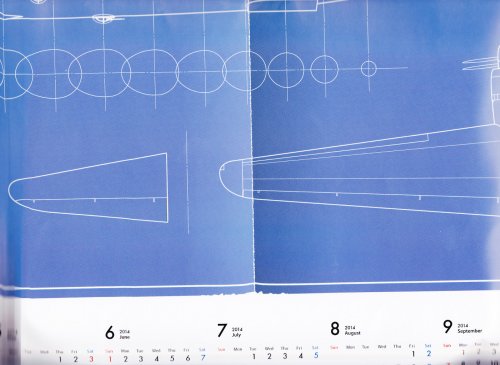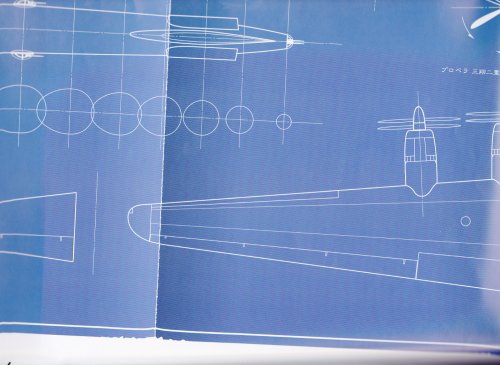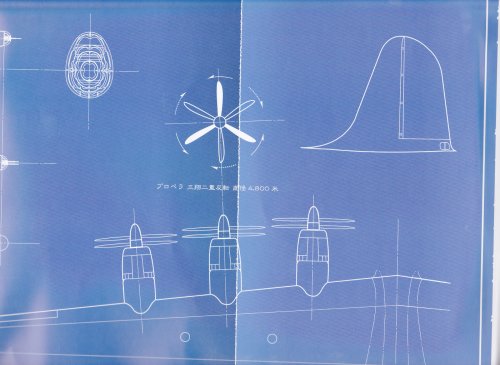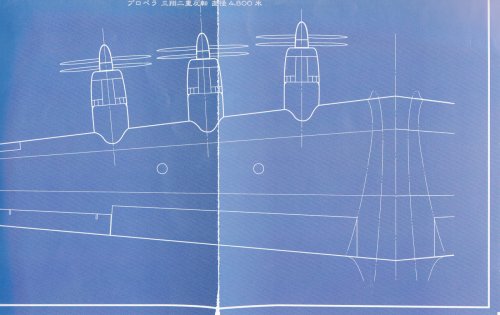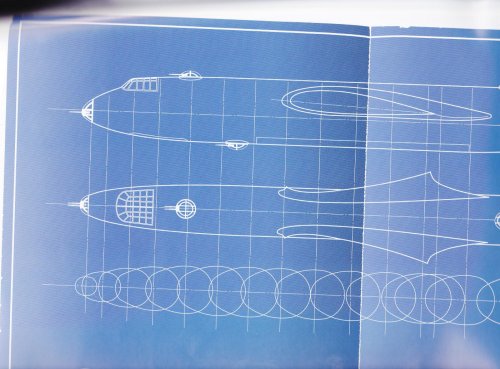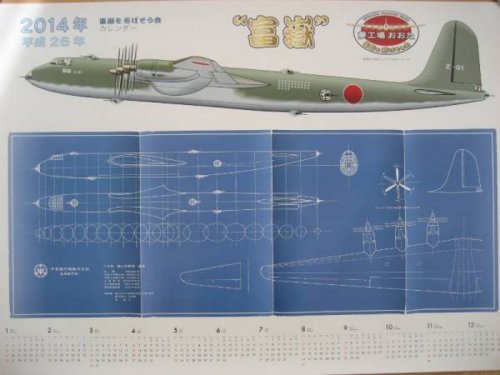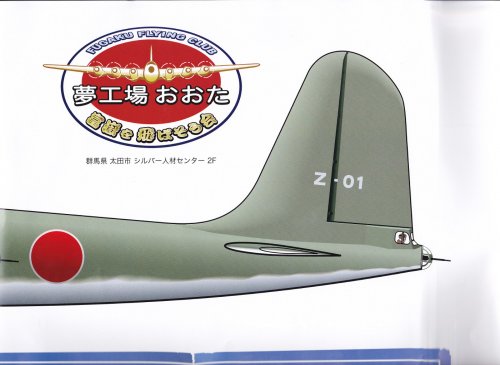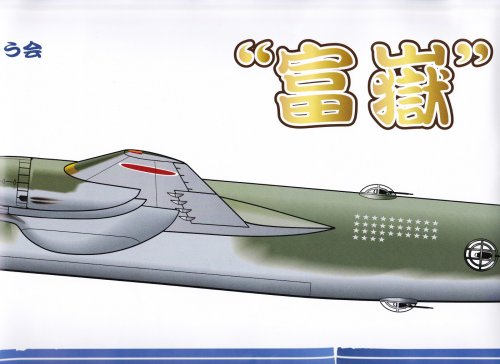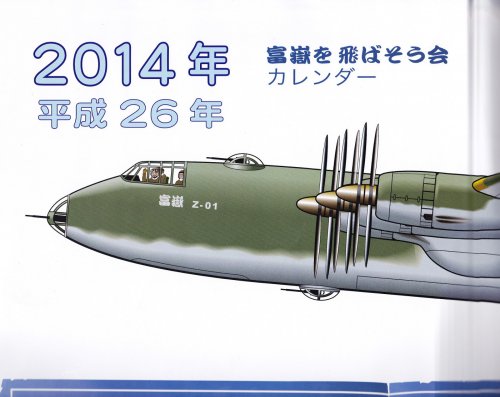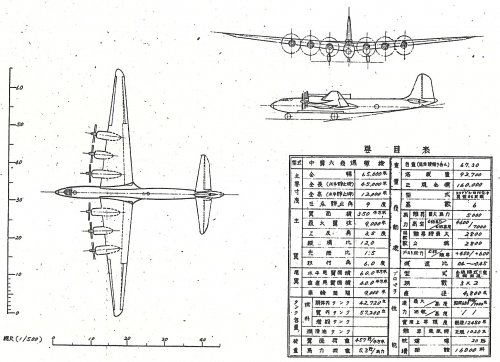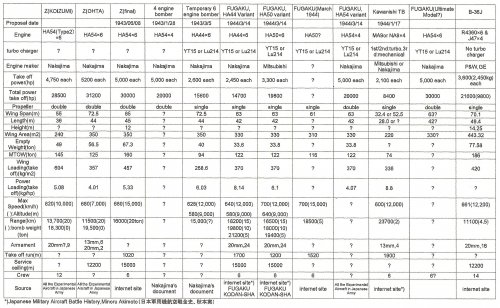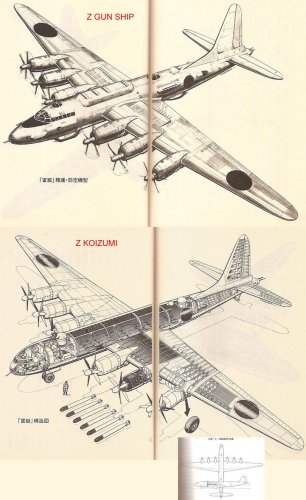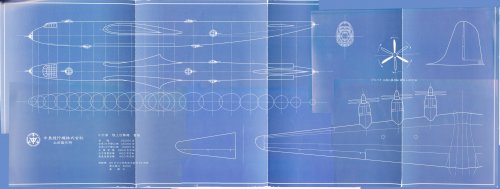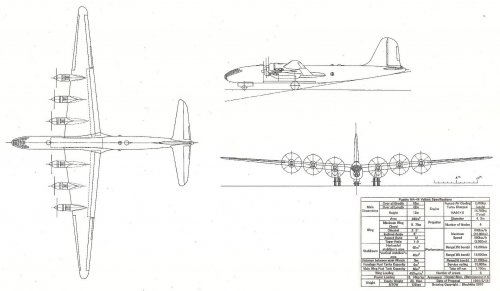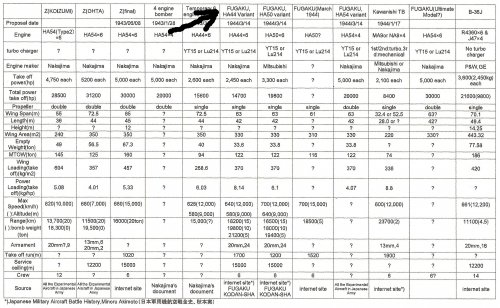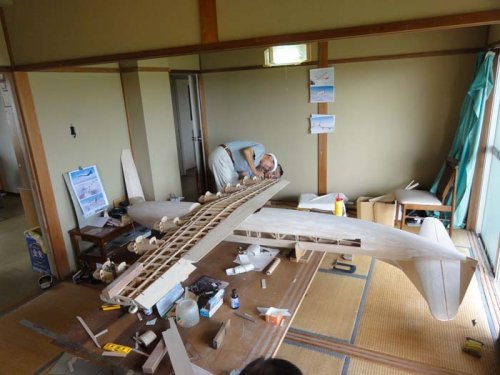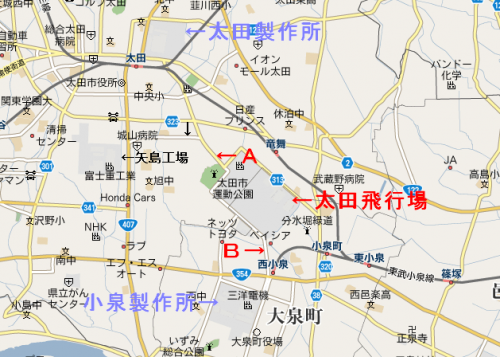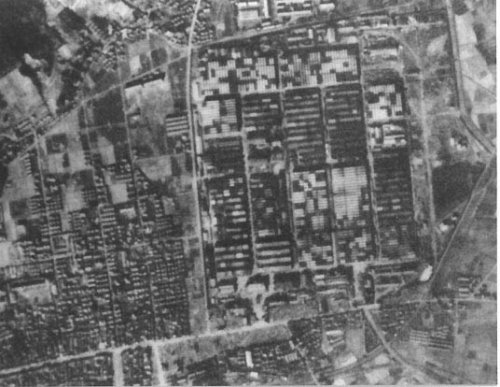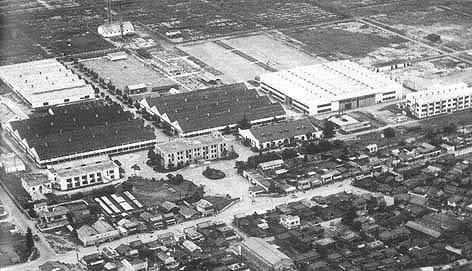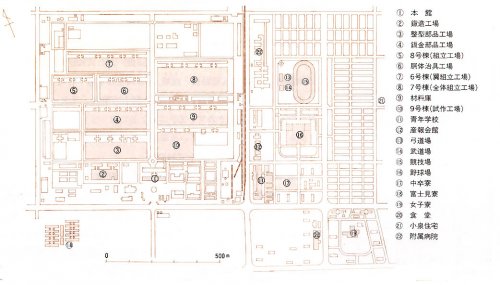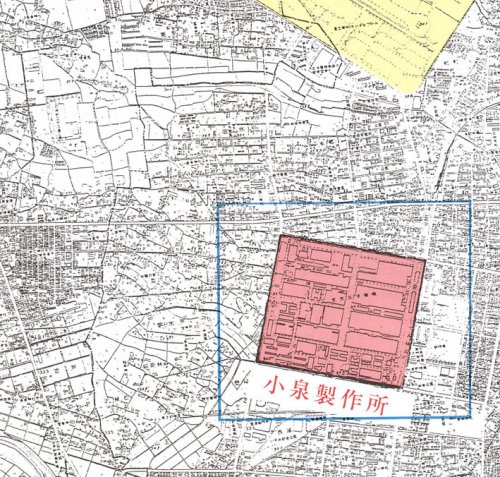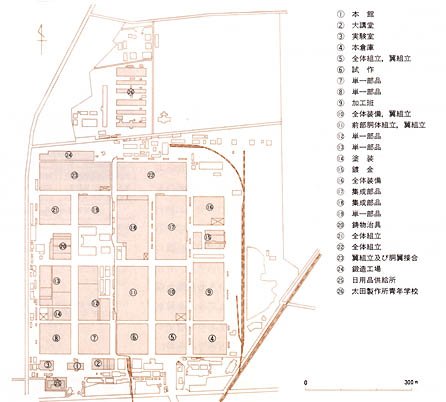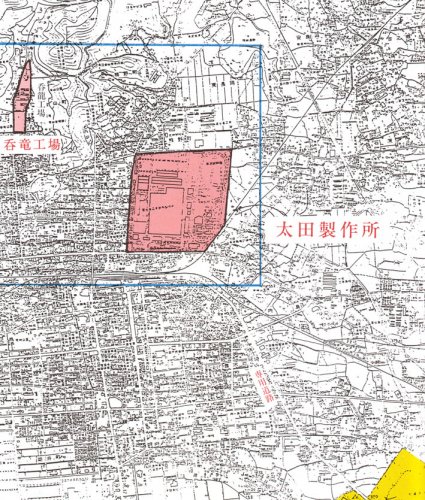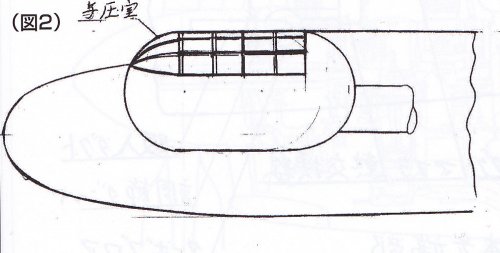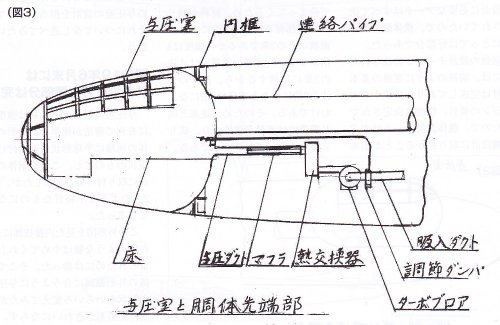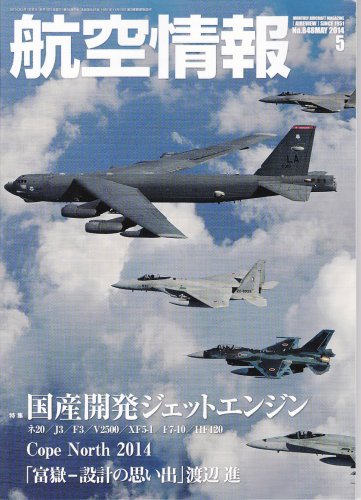In accordance with government principles to increase aircraft production, the Ota Factory was greatly expanded, and the Musashino Factory was established solely for Army engine manufacturing in 1938. The Navy was influenced by this and issued a command to expand the Navy factory independently. The Tama Factory for engine production and the Koizumi Factory (current Oizumi in Gunma Prefecture, shown in the picture) for body construction were built in 1940. The Koizumi Factory was the largest in the Orient with an area of 1,320,000m2, and produced mainly "Zero" fighters (engineered by Mitsubishi) with Nakajima "Sakae" engines. Also other planes; the "Gekko (moonlight)", the "Ginga (galaxy)", the "Tenzan (Tian Shan, Chinese mountains)", the "Saiun (iridescent clouds)" , and others totaling about 9,000 units were manufactured at the plant. The number of employees there, in the end, totaled more than 60,000. Every time a plane was completed, its large door (30m in width, more than 15m in height) was opened and all employees would see it off by singing the national anthem and the company song at a ceremony. (Later this custom was banned by the military in order to prevent espionage.) The engineering division moved out from the third floor of the main building in the Ota Factory. The Army plane group moved to a newly built three-story building adjacent to the main building, and the Navy plane group moved to the Koizumi Factory. Developmental organization was changed from an one-plane/one-team method to a specialized group method that focussed on each function separately, such as an Aerodynamics Team, a Weight Team, a Structure Team, a Power Unit Team, a Landing Gear Team, a Control Team, an Electric Equipment Team, an Armaments Team, etc. Also a Total Management Team was established to promote standardization for a more efficient development process. Nakajima proposed again and again to standardize the Army and the Navy parts, but due to their egos, neither the Army nor the Navy compromised, and Nakajima had to put up with the inefficiency. (Separate page: Vicissitude of Nakajima Body Plant)

